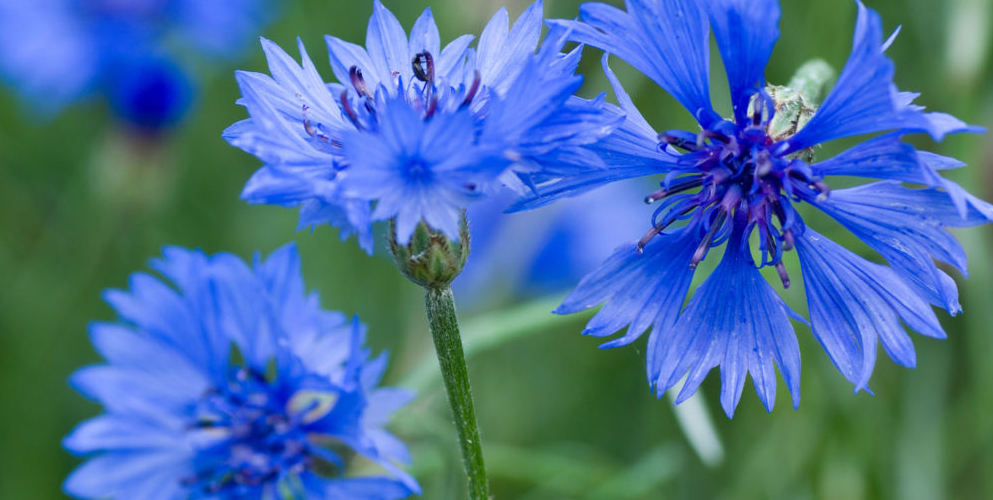Australia National Flower, the golden wattle, has long been cherished for its vibrant blooms and unique characteristics. In this article, we will explore everything you need to know about the golden wattle, including its cultural significance, growing conditions, and popular uses. So let’s dive in!
The golden wattle (Acacia pycnantha) is a flowering plant native to southeastern Australia and the official floral emblem of Australia. It was proclaimed as the national flower in 1988, replacing the former emblem, the Cooktown Orchid. The golden wattle is highly regarded for its golden, fragrant flowers and its hardy nature, making it a popular choice for gardeners and horticulturists worldwide.
The golden wattle has a rich cultural and historical significance in Australia, dating back to the early 19th century when it was first discovered by botanist Robert Brown. Its bright yellow flowers have become a symbol of national pride and identity, representing the country’s resilience, strength, and unity.
Characteristics and Symbolism of the Australia National Flower
The golden wattle is a fast-growing evergreen tree or shrub that can reach up to 8-10 meters in height. It has distinctive green, lance-shaped leaves that are 5-12 cm long and 1-2 cm wide, and produces clusters of bright yellow, ball-shaped flowers that bloom from late winter to early spring.
In Australian culture, the golden wattle is often associated with happiness, prosperity, and the arrival of spring. Its bright yellow blooms are a symbol of renewal and hope, representing the promise of a new season and new beginnings. It is also often used to express national pride, and its distinctive blooms are a popular motif in Australian art and design.
For Indigenous Australians, the golden wattle has a deep spiritual significance, representing the connection between people and the land. It is believed to have healing properties and is used in traditional medicine to treat a variety of ailments.
Cultivation of the Golden Wattle
The golden wattle grows best in climates with warm summers and mild winters, making it suitable for cultivation in most parts of Australia. It is tolerant of drought and frost, and can thrive in a variety of soil types, from sandy to clayey.
Propagation of the golden wattle can be done through seed or cutting, and the plant can be easily grown from seeds collected in the wild or purchased from nurseries. It is important to scarify the seeds to break their hard coating, allowing water to penetrate and improve germination.
Maintenance of the golden wattle involves regular watering during the first year of growth, and occasional pruning to promote bushier growth and prevent the tree from becoming too tall. The plant may also benefit from fertilization with a slow-release fertilizer during the growing season.
Popular Uses of the Australia National Flower
The golden wattle is a versatile plant with a variety of uses in both traditional and modern contexts. In gardens and landscaping, the plant is often used as a feature plant or a hedge, and its bright blooms can add a pop of color to any landscape design.
In traditional medicine, the golden wattle has been used to treat a variety of ailments, including fever, headaches, and skin infections. The plant contains high levels of tannins, which have astringent and antimicrobial properties.
In Australian cuisine, the golden wattle has become a popular ingredient in recent years, with chefs using its flowers and seeds to add a unique flavor to dishes. The flowers can be used in salads or as a garnish, while the seeds can be roasted and used as a coffee substitute.
The golden wattle also has industrial uses, particularly in the production of tannin and dyes. Its high tannin content makes it a valuable source of tannin, which is used in the leather tanning industry. The plant’s flowers and bark can also be used to create natural dyes, producing shades of yellow, green, and brown.
FAQs about the Golden Wattle
- What is the scientific name of the golden wattle?
The scientific name of the golden wattle is Acacia pycnantha.
- How long does it take for the golden wattle to bloom?
The golden wattle typically blooms from late winter to early spring, which is around August to September in Australia.
- Is the golden wattle poisonous?
No, the golden wattle is not poisonous. However, the plant contains tannins, which can cause digestive upset if consumed in large quantities.
- Can the golden wattle be grown in containers?
Yes, the golden wattle can be grown in containers, although it may not reach its full potential size.
- How can I protect my golden wattle from pests and diseases?
Regular pruning and maintenance can help prevent pests and diseases from affecting the golden wattle. It is also important to ensure that the plant is grown in well-drained soil and provided with adequate water and nutrients.
Conclusion
The golden wattle is a beautiful and versatile plant that holds great cultural significance in Australia. As the country’s national flower, it represents resilience, endurance, and unity, and is a beloved symbol of Australian identity.
Beyond its cultural and symbolic importance, the golden wattle also has a variety of practical uses, from gardening and landscaping to traditional medicine and cuisine. Its hardiness, adaptability, and vibrant beauty make it a valuable addition to any garden or landscape design, and its unique flavor and medicinal properties make it an intriguing ingredient in the kitchen and medicine cabinet.
Whether you’re a horticulturist, a nature lover, or simply a proud Australian, the golden wattle is a plant that deserves recognition and appreciation for all that it represents and offers.
References
- Australian Government Department of the Environment and Energy. (n.d.). Golden Wattle (Acacia pycnantha). Retrieved from https://www.environment.gov.au/biodiversity/threatened/species/acacia-pycnantha
- Australian National Botanic Gardens. (n.d.). Acacia pycnantha. Retrieved from https://www.anbg.gov.au/acacia/pycnantha.html
- Gardening Australia. (2019, August 10). Golden Wattle. Retrieved from https://www.abc.net.au/gardening/factsheets/golden-wattle/9422106


